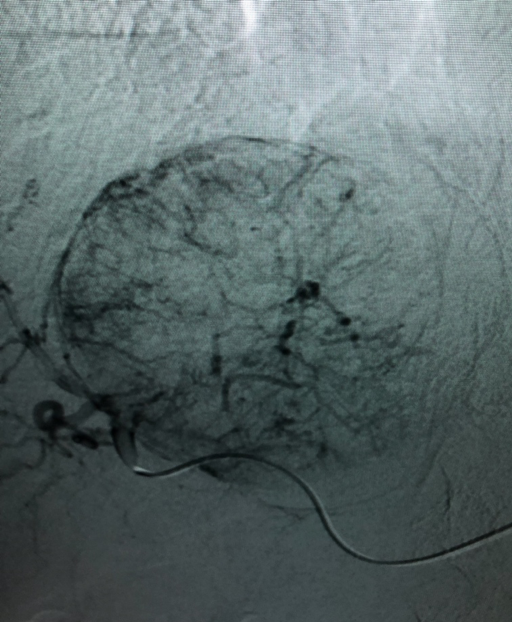At Weill Cornell Medicine, our interventional radiologists are experts in many techniques for treating cancer directly, as well as supporting other types of cancer treatments. In addition, our doctors are experts in performing minimally invasive procedures that promote your comfort and quality of life.
Port placement: Often referred to as an artificial vein, this refers to the placement of a small device in the chest. This allows doctors to administer treatments, such as chemotherapy, directly into the bloodstream without the risk of damage to the veins in the arm.
Fiducial marker placement: Fiducial marker placement uses image guidance to place small markers in or near a tumor in preparation for radiation therapy or surgery. The markers help pinpoint the tumor’s location with greater accuracy.
Pain injections: During these procedures, medication is injected into the specific nerves to reduce pain after surgery to treat cancer. Thermal ablation of tumors can also reduce pain caused by tumors.
Thermal ablation: Thermal ablation is a procedure in which doctors place a needle into a tumor to burn or freeze it. This technique is often recommended to those with primary lung cancer who may not want or be able to undergo surgery. It is also offered as a primary therapy for those with limited metastasis to the lungs. This technique can be used to treat metastasis from lung cancer to various parts of the body, such as the adrenal glands, liver or bone.
Thermal ablation refers to the following types of techniques:
● Radiofrequency ablation (RFA): This procedure uses high-frequency electrical currents to create heat to destroy cancer cells.
● Microwave ablation (MWA): This procedure uses microwaves to heat and destroy tumors. Like RFA, it is typically used to treat early-stage lung cancer and tumors that have spread to the lung from other parts of the body.
● Cryoablation: This procedure entails placing a probe into the target tissue and creates an ice ball around the tissue to destroy it. It is typically used to treat primary lung cancer and metastasis to the lungs. It is also used frequently to treat pain related to metastasis.
Lymphangiography and thoracic duct embolization: Cancer can occasionally cause a buildup of fluid in the lungs and abdomen. This procedure can identify the source of the fluid and a small catheter is guided into these lymphatic channels to deliver material to stop the leak
Arterial and venous embolization: Cancers can occasionally invade blood vessels causing bleeding. During this procedure, a small catheter is guided into these vessels to deliver metal coils or particles that are used to stop the bleeding.
Radioembolization: This minimally invasive procedure that combines embolization and radiation therapy to treat liver cancer. Radiation therapy is delivered directly to the blood vessels that feed the liver cancer.
Chemoembolization: This minimally invasive procedure combines embolization and chemotherapy to treat liver cancer. Concentrated chemotherapy is delivered directly to the blood vessels that feed the liver cancer.


